Our recent trip to Athens after a 10 year hiatus, highlighted the favourable and unfavourable changes in this capital city. I travelled with my husband and daughter, and the main aim was to refresh our memories of the cultural magnificence we (as British born Greeks), take for granted.
Having worked in travel for 27 years, I have been lucky enough to travel to many parts of the world both near and far, and both positive and negative changes are inevitable, as was the case on this occasion, when visiting Athens.
The central areas of Athens known as Syntagma Square, Monastiraki and Plaka, somehow did not compare to previous years as I remember them, where the hustle and bustle was leisurely, and probably more traditionally Greek. This area of the city is busy with traditional buildings, luxury hotels, bars, restaurants, shops and crowds filling this space. Time doesn't stand still and Athens has expanded, its population now over 3 million. This central area in my view looked tired, and in need of revival. Perhaps, this was partly caused by the economic crisis of the last 10 years and more recently, Covid 19 and its aftermath.
I was keen for my daughter to experience the changing of the guard at the Tomb of the Unknown Soldier, just off Syntagma Square, below the Hellenic Parliament; and also to visit the Acropolis and of course the main star attraction, the Parthenon.
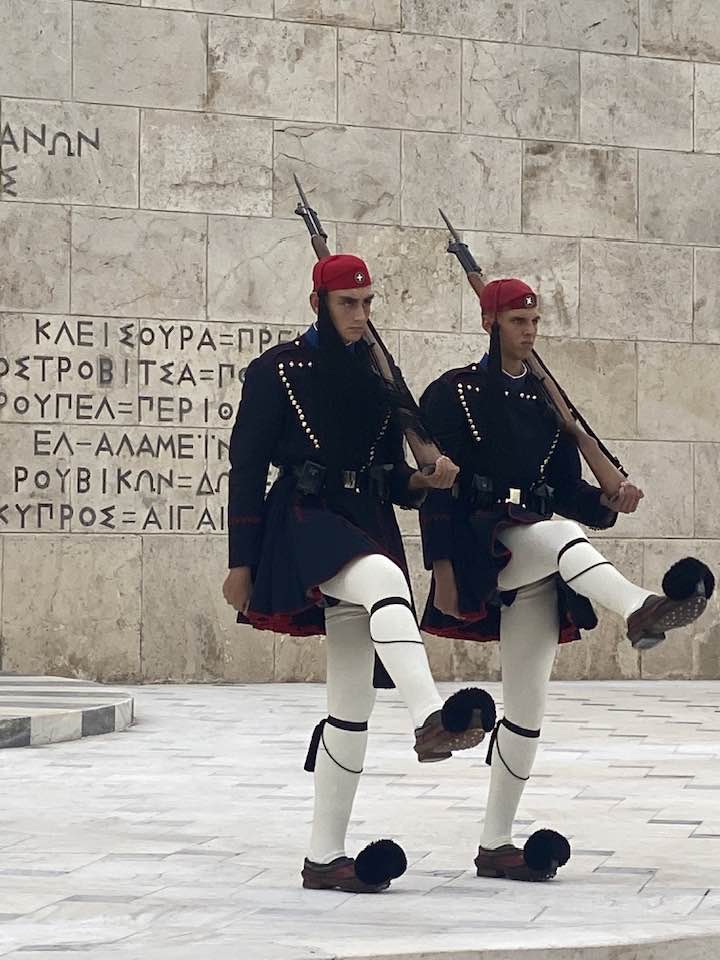
Once we reached the top of the Acropolis, Athens' iconic tourist attraction, we watched the Greek flag gently blowing in the wind against a blue cloudless sky, and soaked up the many years of ancient history. I was consumed by a sense of pride and honour of my Greek heritage.
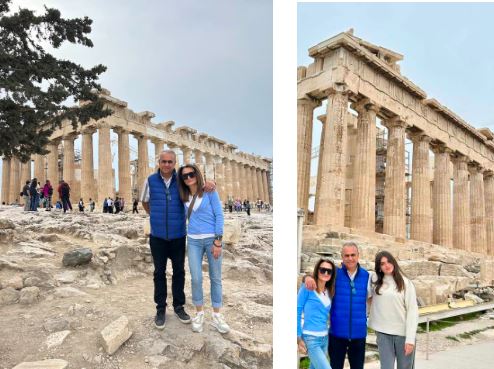
Even in November, the citadel was buzzing with tourists from different parts of the world. The evening view of the Acropolis from Monastiraki was captivating in that one picture was just simply not enough!
We then made our way down to the newly built Acropolis Museum which focuses on the findings of the archaeological site of the Acropolis. The museum houses every artifact found on the rock and surrounding slopes dating back from the Greek Bronze age to Roman and Byzantine Greece. A plethora of artifacts with a wealth of information feeding the curious mind.
This modern museum, officially opened in June 2019, houses the original marble sculptures of the Parthenon, exhibited in the same way as they would have been on the monument. Sadly, it is obvious to also see, the missing sculptures, those so many refer to as the 'Elgin marbles', removed by Lord Elgin when Greece had no voice.
Lord Elgin was forced to sell what he had removed, to the British government in 1816, and in turn the government placed these treasures in trust with the British Museum.
The sculptures that are still in the British Museum's Room 18, have been replaced in the Acropolis Museum's Parthenon Gallery by contrasting, stark white plaster copies, further emphasising their harsh removal.

The importance of this collection of sculptures and why the calls for their return grows louder, and louder, is that these marbles deserve to be returned to their birthplace. They deserve to be housed in this amazing museum, to join their surviving halves, with direct views to the Parthenon. This would be the ultimate gesture of respect by the UK to Greece. The Parthenon Marbles were, and will always be referenced by the Parthenon, the jewel in the crown that is the Acropolis.
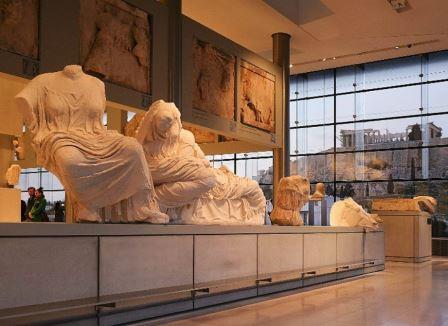
Athens will always hold a special place in my heart, and after this latest trip, in the hearts of my family too. Our short visit allowed us to re-engage with our Greek heritage but above all, enrich our minds with the profound cultural wealth present in this amazing ancient capital city.
We're looking forward to visiting again, this time, not leaving it so long.
Zoe Hawa

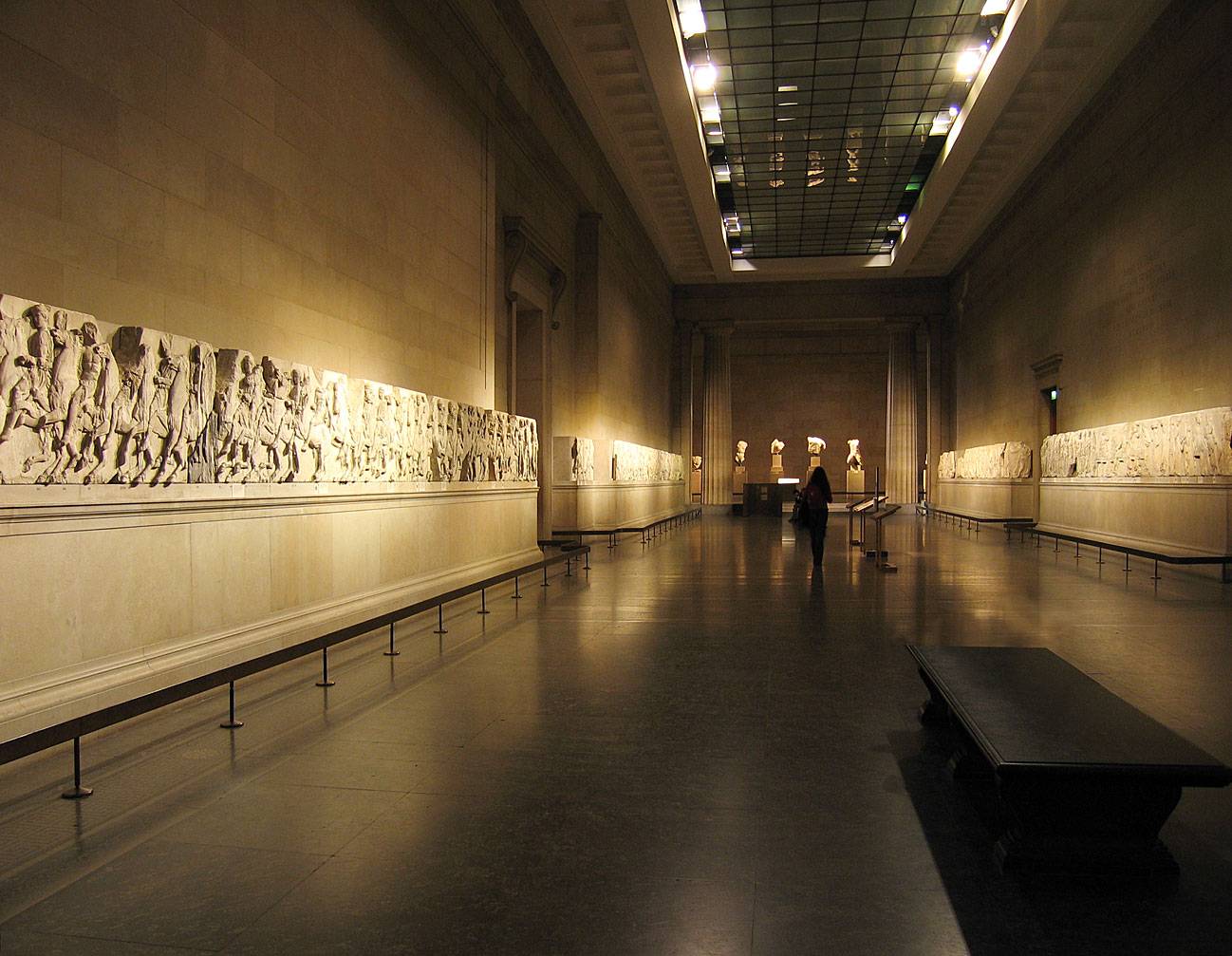
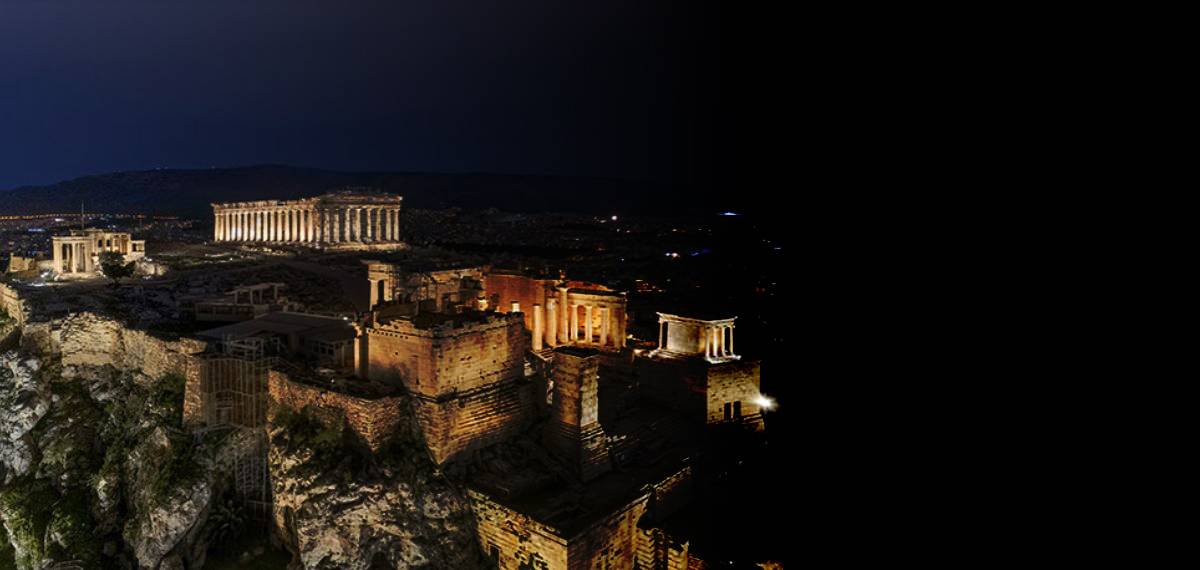
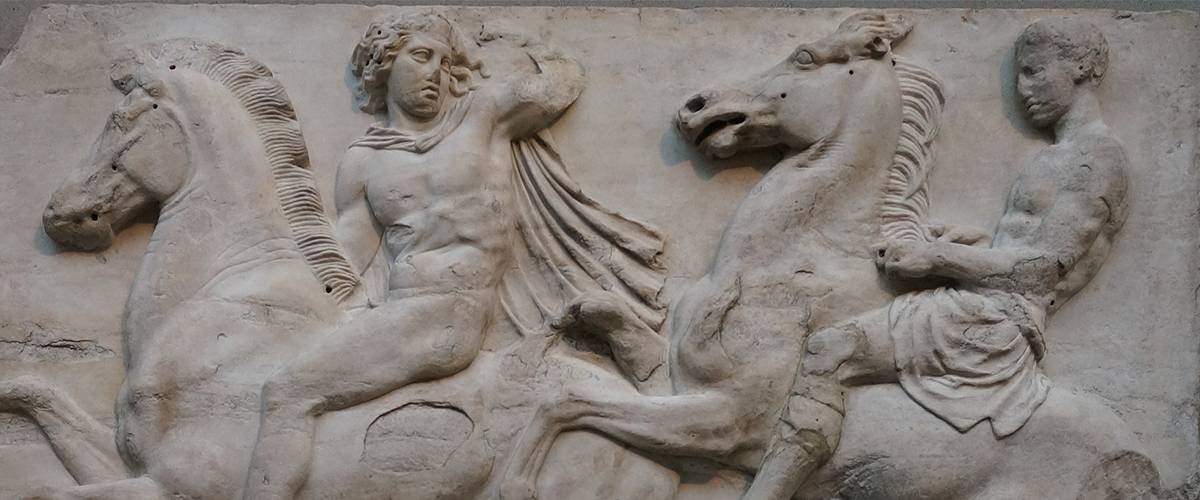
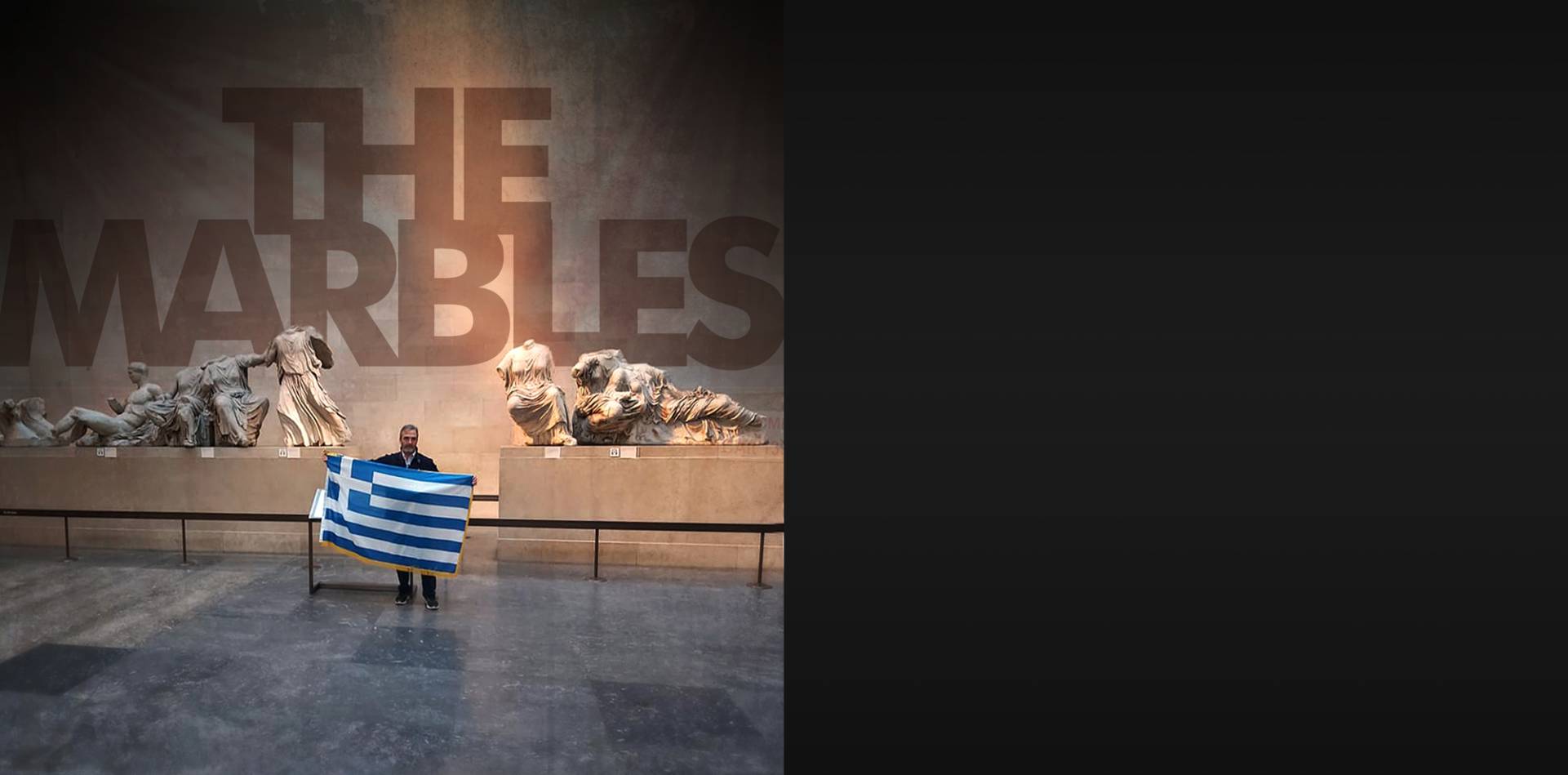
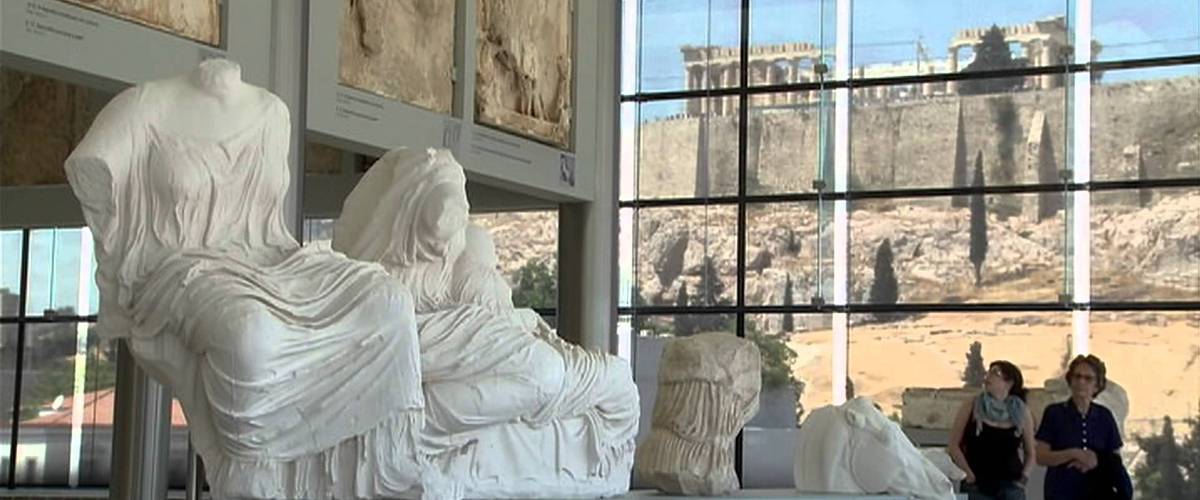


Comments powered by CComment